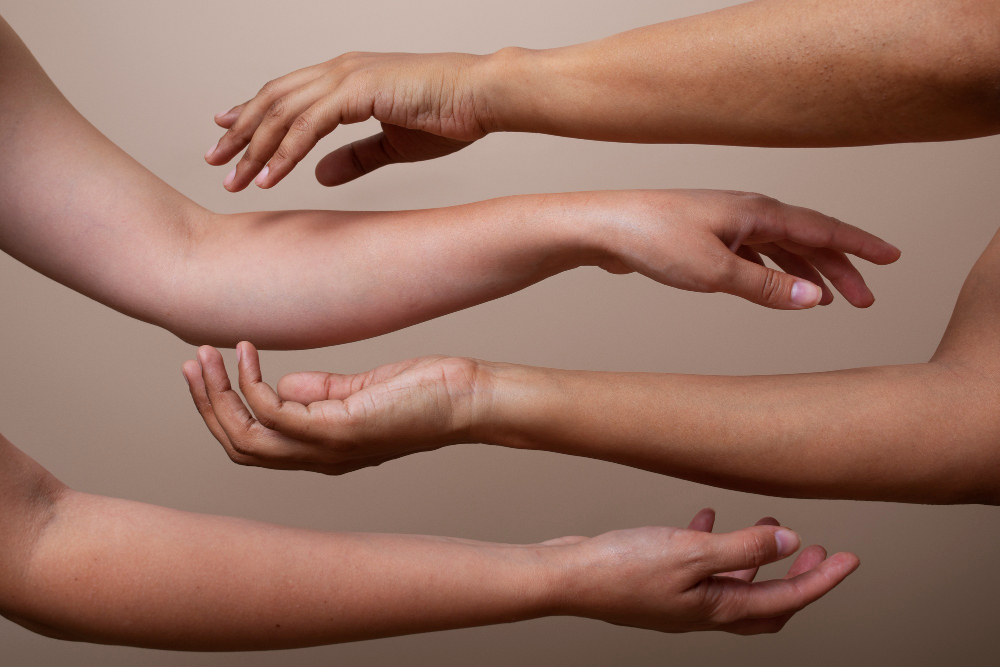Anatomy of the Hand & Wrist: Understanding Their Complex Structure

The hand and wrist are marvels of human anatomy, enabling intricate movements and powerful grips. Whether you're an athlete, musician, or someone who values their daily activities, the health and functionality of your hands and wrists are critical. If you’re experiencing discomfort or require professional advice, it's essential to seek help from an orthopedic surgeon in Deland, FL.
The Bones of the Hand and Wrist
Carpal Bones
The wrist is made up of eight carpal bones arranged in two rows. These bones form the flexible base of the hand and allow a range of movements.
- Scaphoid: One of the most commonly fractured carpal bones.
- Lunate: Central to wrist motion.
- Triquetrum: Supports the wrist on the ulnar side.
- Pisiform: A sesamoid bone that increases the leverage of tendons.
- Trapezium: Connects the thumb to the wrist.
- Trapezoid: Small and helps stabilize the second metacarpal.
- Capitate: The largest carpal bone.
- Hamate: Unique for its hook-like projection.
Metacarpal Bones
Five metacarpal bones extend from the carpal bones to the fingers, forming the structure of the palm.
- First Metacarpal: Connects to the thumb.
- Second to Fifth Metacarpals: Connect to the index, middle, ring, and little fingers respectively.
Phalanges
The fingers consist of 14 phalanges. Each finger has three phalanges - the proximal, middle, and distal, except for the thumb, which has two.
The Muscles and Tendons of the Hand and Wrist
Extrinsic Muscles
These muscles originate outside the hand and insert within it, allowing for powerful grip and finger movements.
- Flexor Muscles: Flexor digitorum superficialis and flexor digitorum profundus.
- Extensor Muscles: Extensor digitorum and extensor carpi radialis.
Intrinsic Muscles
These muscles originate and insert within the hand, providing fine motor functions.
- Thenar Muscles: Control thumb movements.
- Hypothenar Muscles: Control the little finger.
- Lumbricals and Interossei: Facilitate intricate finger movements.
Tendons
Tendons attach muscles to bones, transmitting forces necessary for movement.
- Flexor Tendons: Pass through the carpal tunnel.
- Extensor Tendons: Run along the back of the hand and fingers.
Common Hand and Wrist Injuries
Carpal Tunnel Syndrome
A condition caused by compression of the median nerve as it travels through the carpal tunnel, leading to pain, numbness, and tingling.
Symptoms: Numbness in the thumb, index, and middle fingers, weakness in hand grip.
Treatment: Wrist splinting, anti-inflammatory medications, corticosteroid injections, and potentially surgery.
Fractures
Breaks in the bones of the hand and wrist, commonly affecting the scaphoid and distal radius.
Symptoms: Swelling, pain, bruising, and inability to move the affected area.
Treatment: Casting, splinting, physical therapy, and sometimes surgical intervention.
Tendonitis
Inflammation of the tendons due to overuse or injury, affecting either the flexor or extensor tendons.
Symptoms: Pain, swelling, and limited movement.
Treatment: Rest, ice, anti-inflammatory medications, and physical therapy.
Arthritis
Degeneration of joint cartilage leading to pain and stiffness, commonly in the wrist and finger joints.
Symptoms: Joint pain, swelling, and stiffness.
Treatment: Medications, physical therapy, lifestyle changes, and in severe cases, surgery.
When to See an Orthopedic Surgeon
If you're experiencing hand or wrist pain that doesn’t improve with rest or home treatments, it's essential to consult an orthopedic surgeon. They can provide a detailed diagnosis and tailored treatment plan.
Benefits of Consulting an Orthopedic Surgeon in Deland, FL
- Expert Diagnosis: Accurate identification of conditions affecting the hand and wrist.
- Advanced Treatments: Access to the latest surgical and non-surgical treatments.
- Personalized Care: Treatment plans tailored to individual needs and lifestyles.
- Rehabilitation Support: Comprehensive physical therapy and rehabilitation programs.
Conclusion
Understanding the anatomy of the hand and wrist helps in recognizing the importance of these structures and the need for their proper care. If you're experiencing discomfort or pain, seeking professional help is crucial.
At Central Florida Bone & Joint Institute, our team of experts, including highly skilled orthopedic surgeons in Deland, FL, is ready to assist you. We offer comprehensive diagnostic services, advanced treatments, and personalized rehabilitation plans to ensure you get back to your daily activities pain-free.
Don’t wait—contact us today to schedule an appointment and take the first step towards better hand and wrist health.